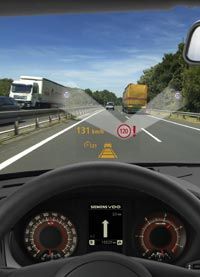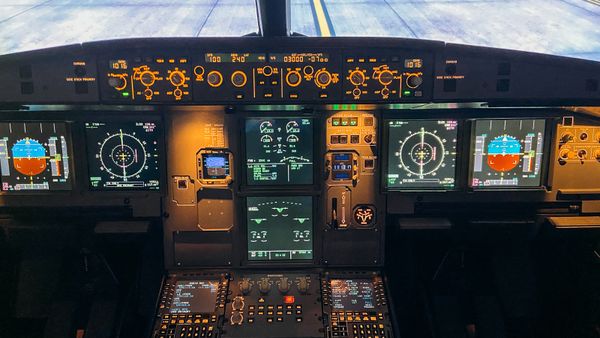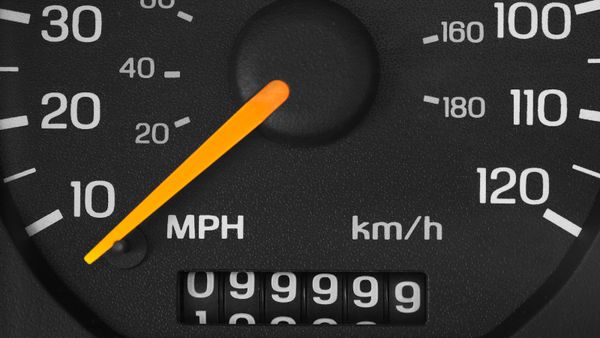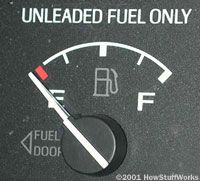The dashboard instrument cluster in your car organizes a variety of sensors and gauges, including the oil pressure gauge, coolant temperature gauge, fuel level gauge, tachometer and more. But the most prominent gauge— and perhaps the most important, at least in terms of how many times you look at it while you're driving— is the speedometer. The job of the speedometer is to indicate the speed of your car in miles per hour, kilometers per hour or both. Analog speedometers use a needle to point to a specific speed, which the driver reads as a number printed on a dial.
The first speedometers were expensive and available only as options. It wasn't until 1910 that automobile manufacturers began to include the speedometer as standard equipment. One of the first speedometer suppliers was Otto Schulze Autometer (OSA), a legacy company of Siemens VDO Automotive AG, one of the leading developers of modern instrument clusters. The first OSA speedometer was built in 1923 and its basic design didn't change significantly for 60 years. In this article, we're going to look at the history of speedometers, how they work and what the future may hold for speedometer design.
Advertisement







